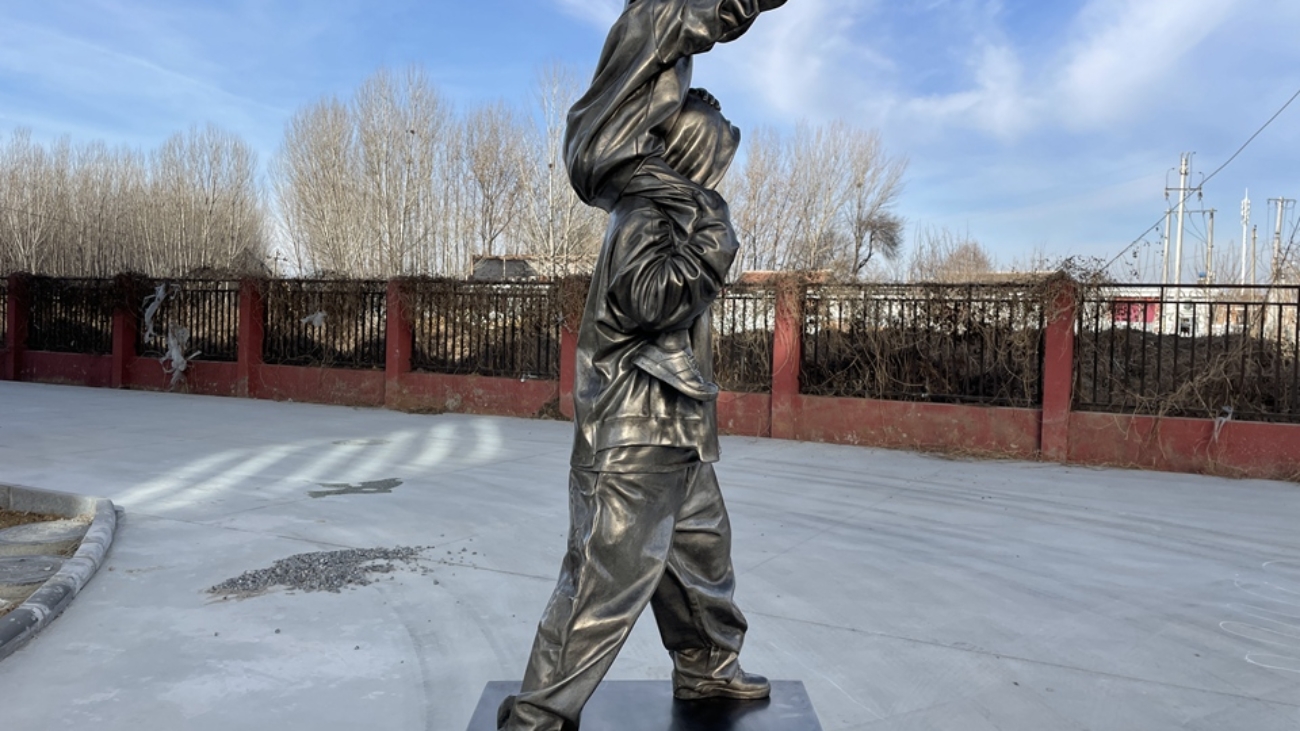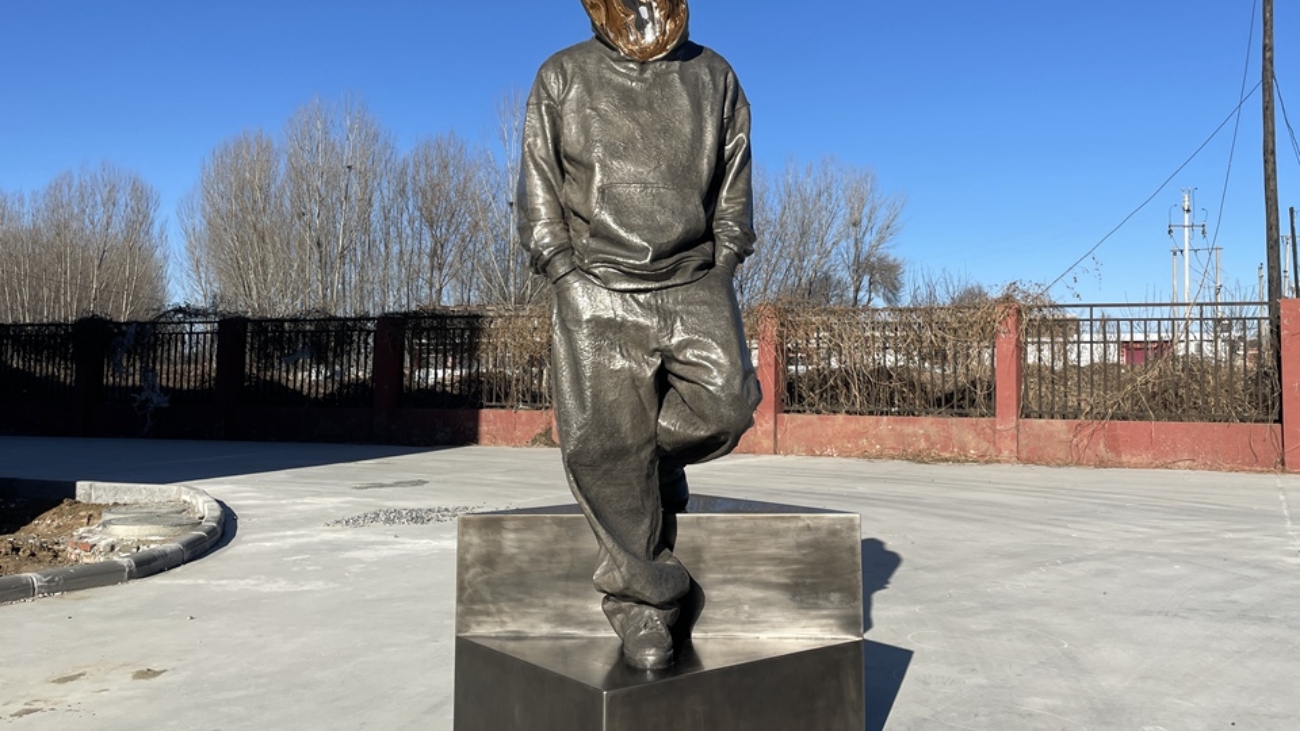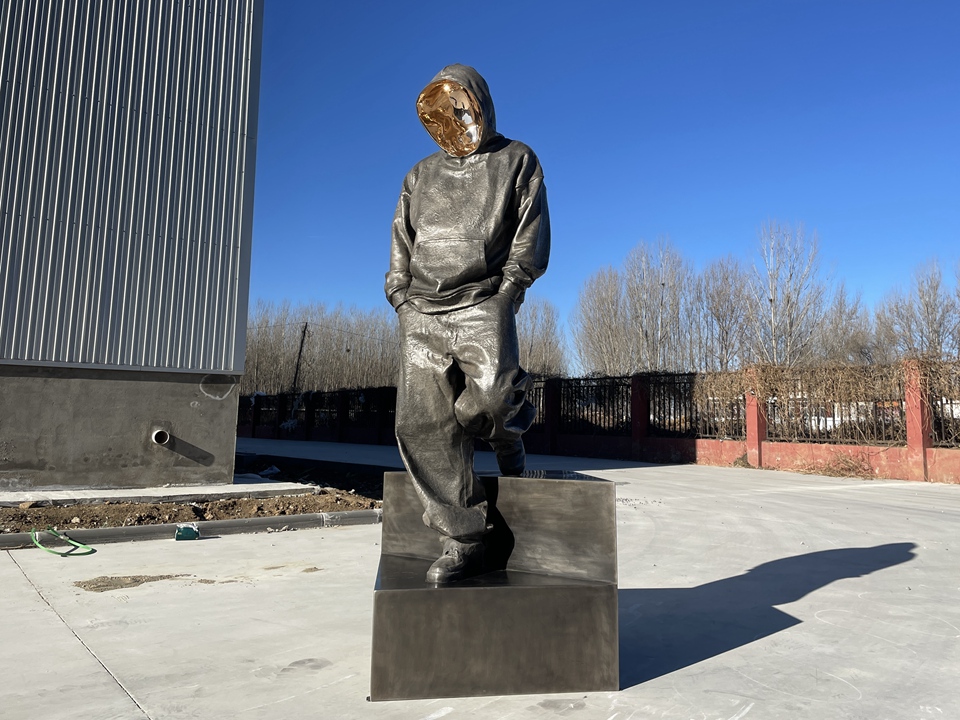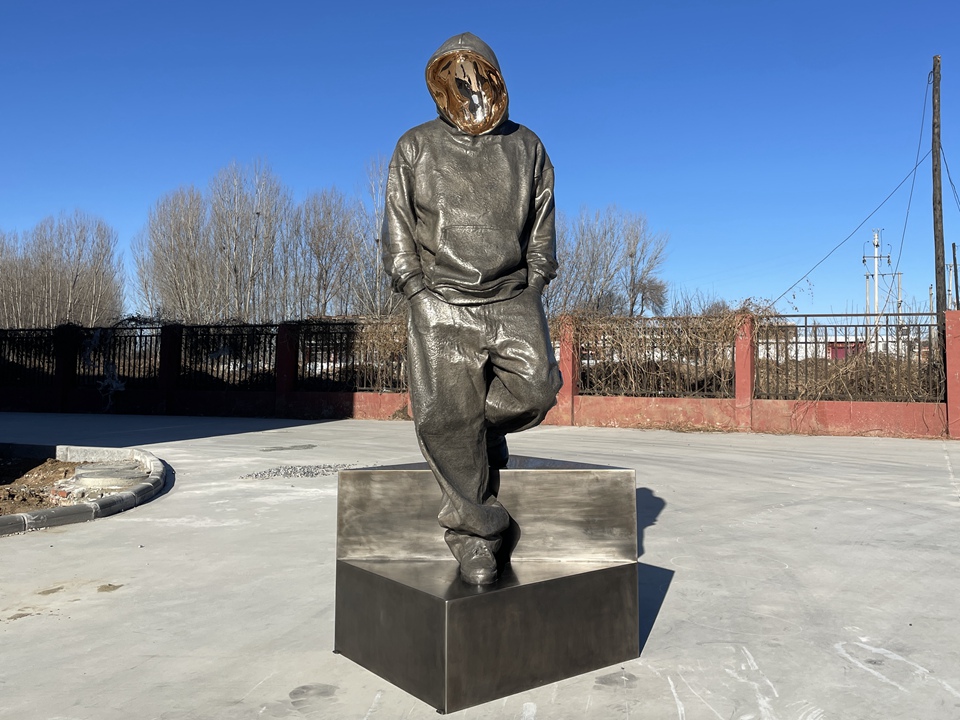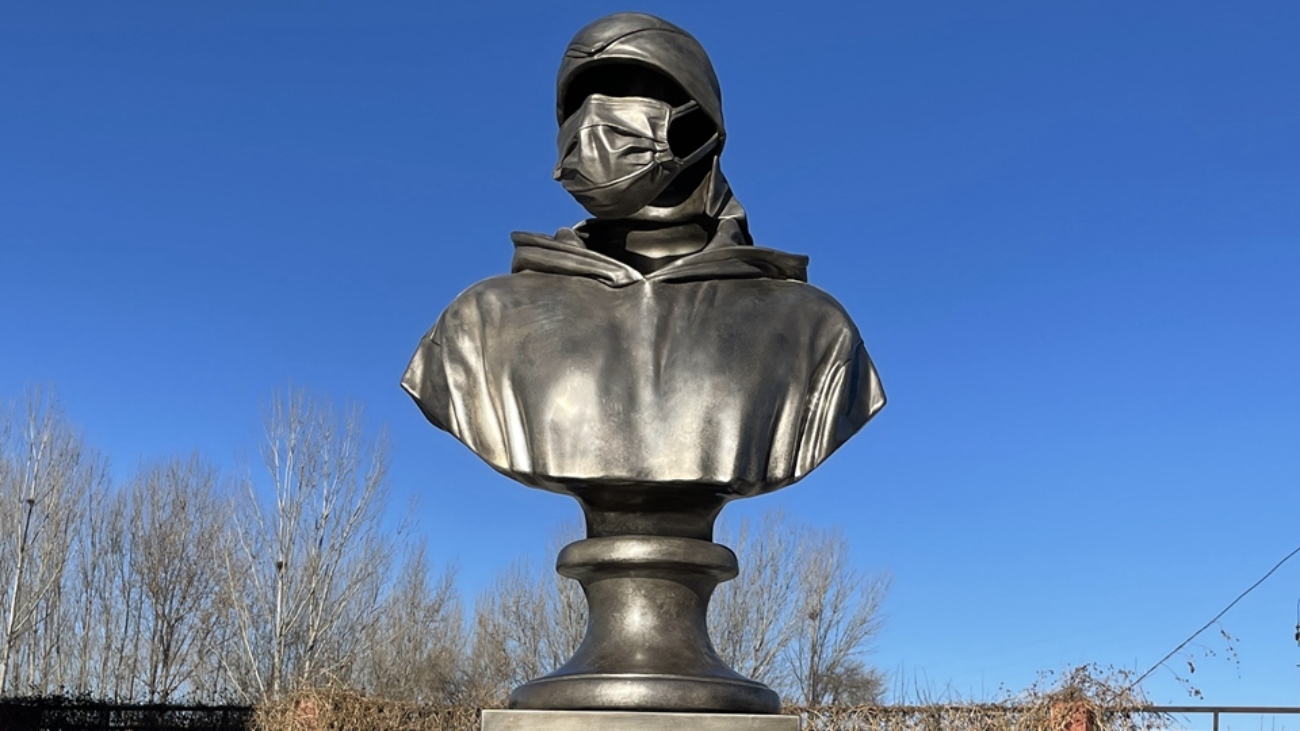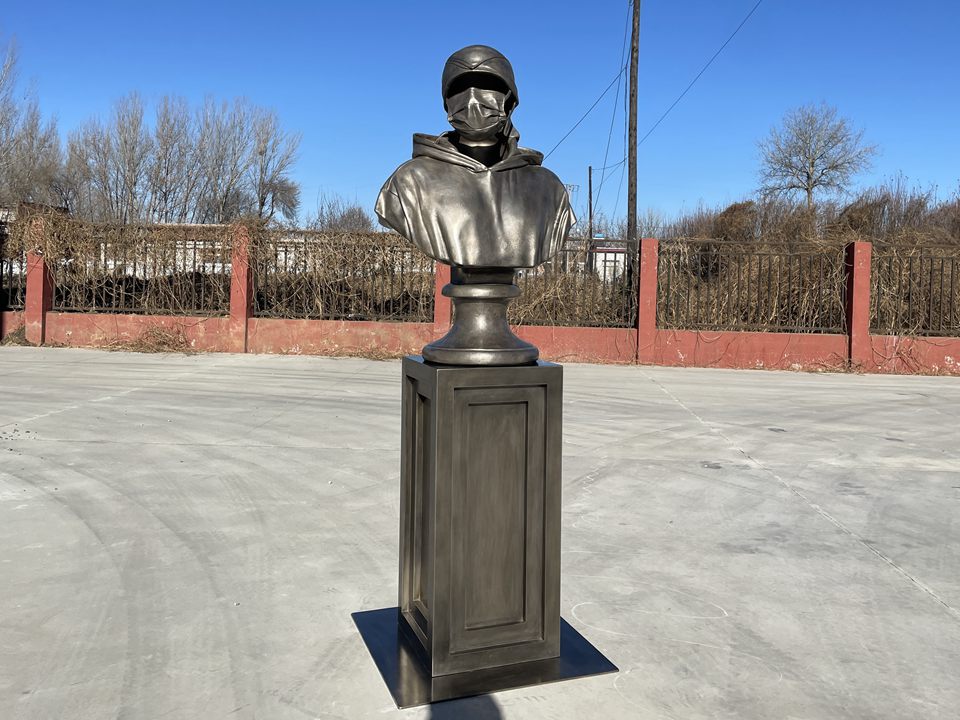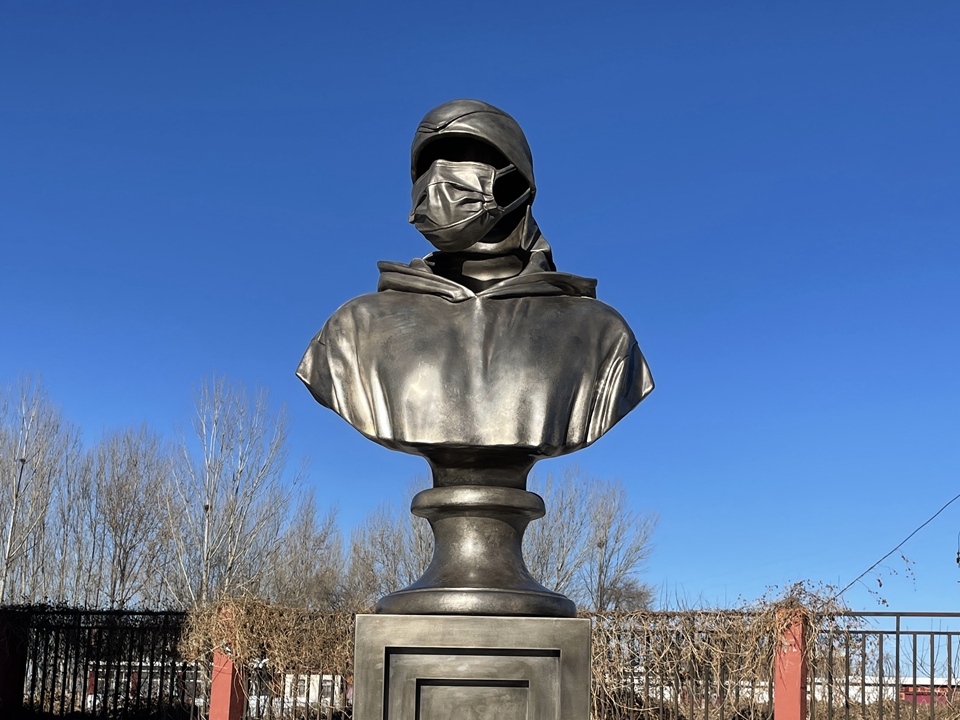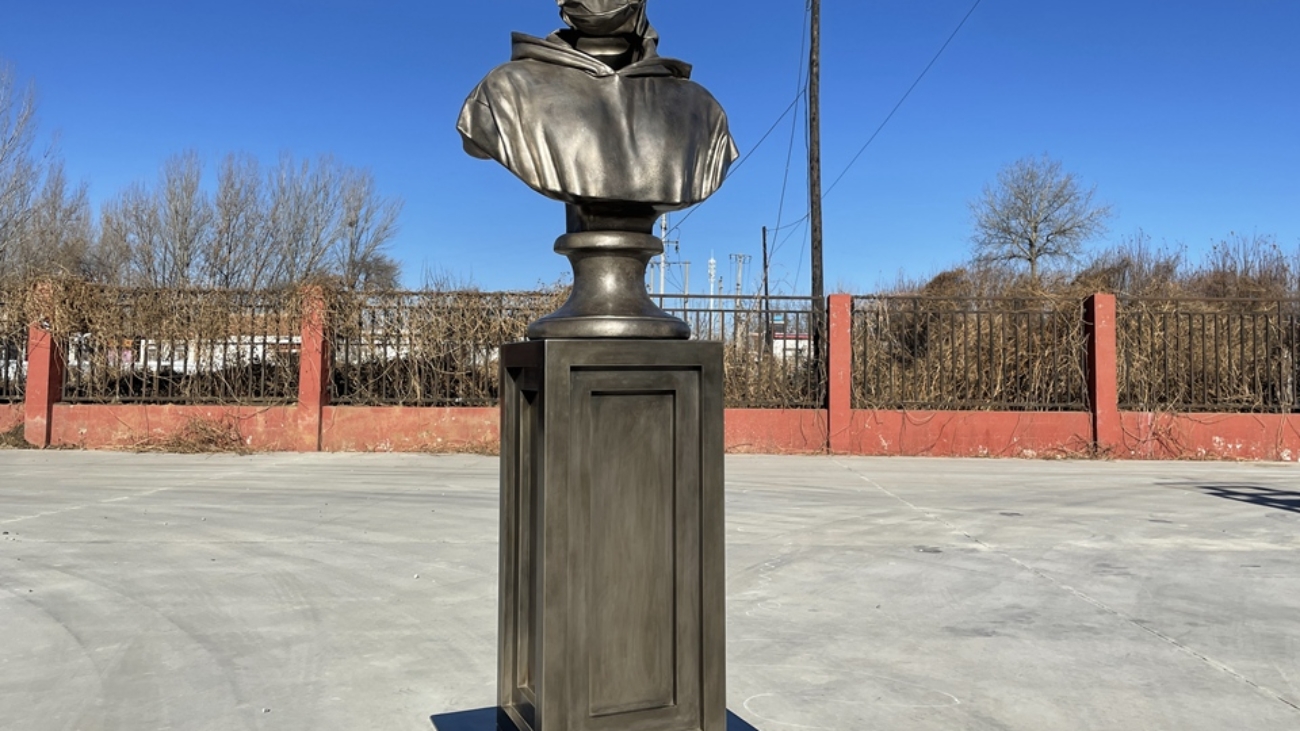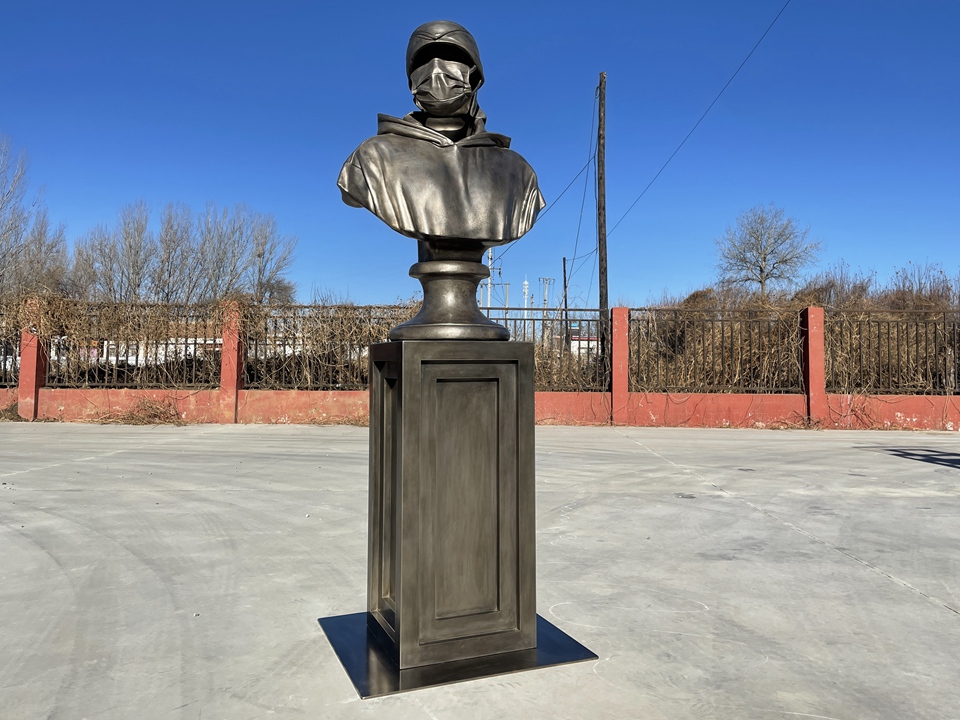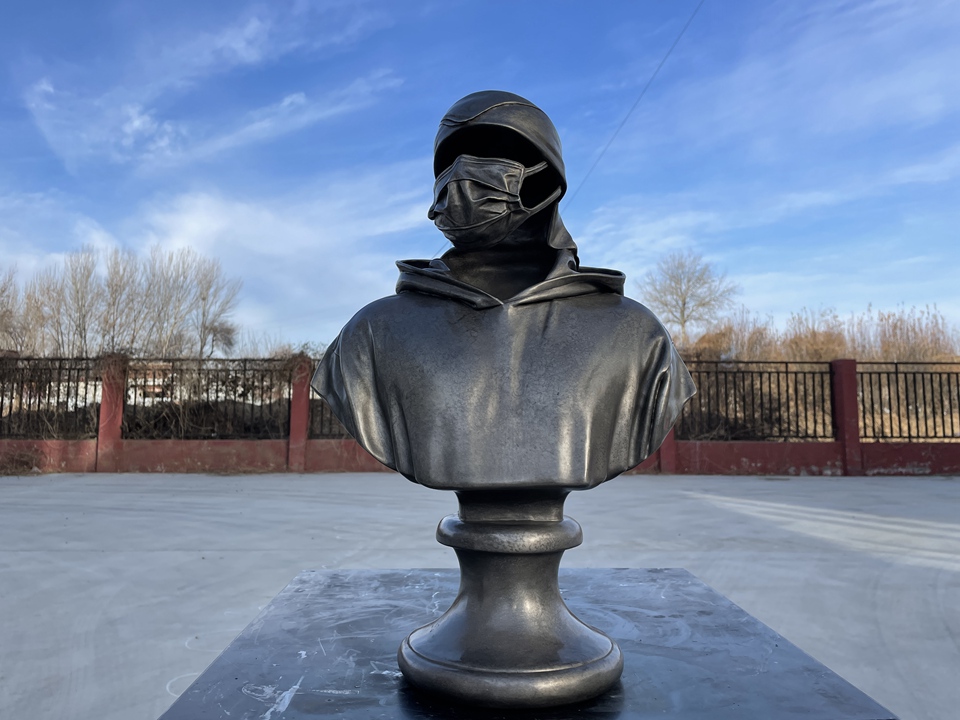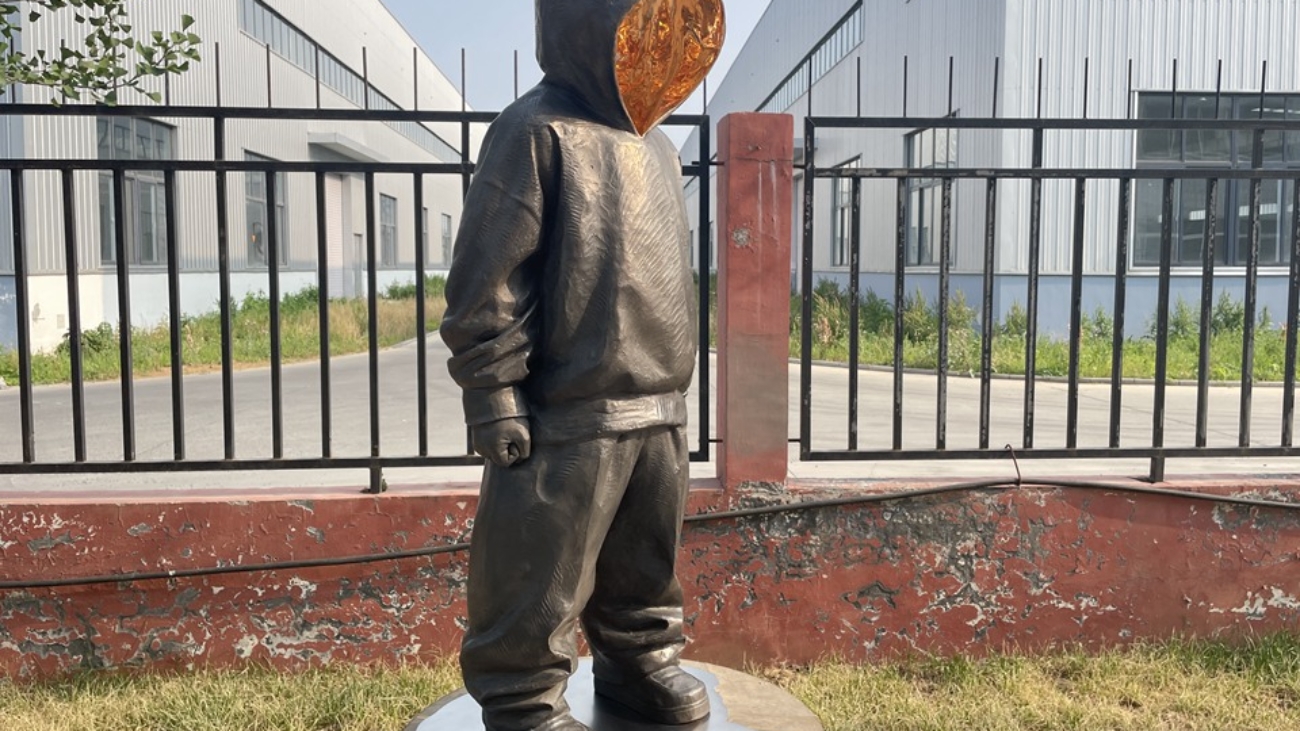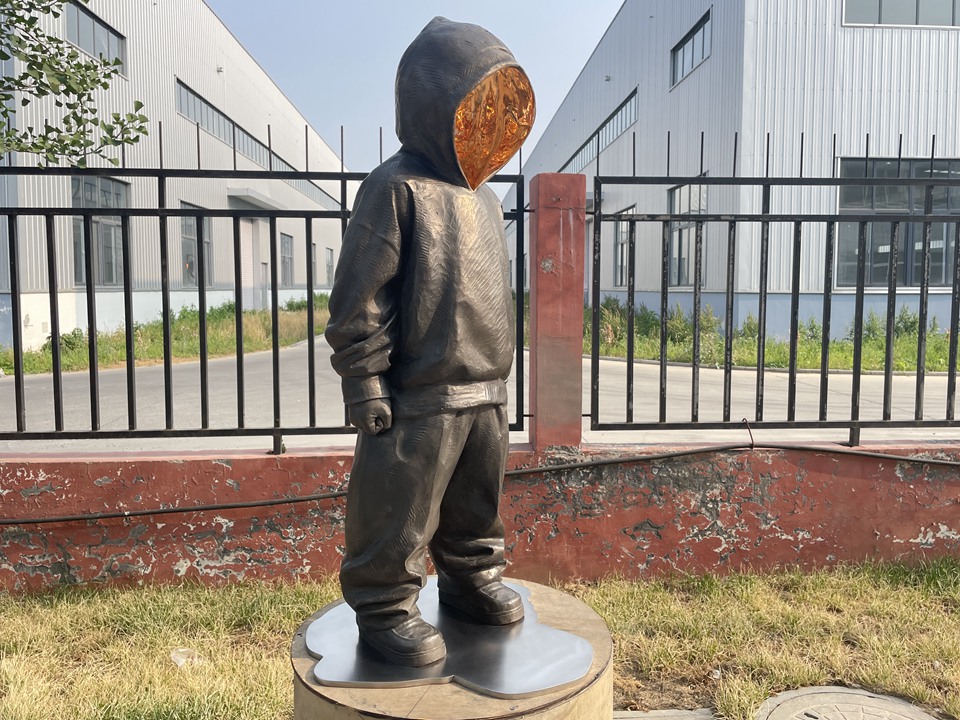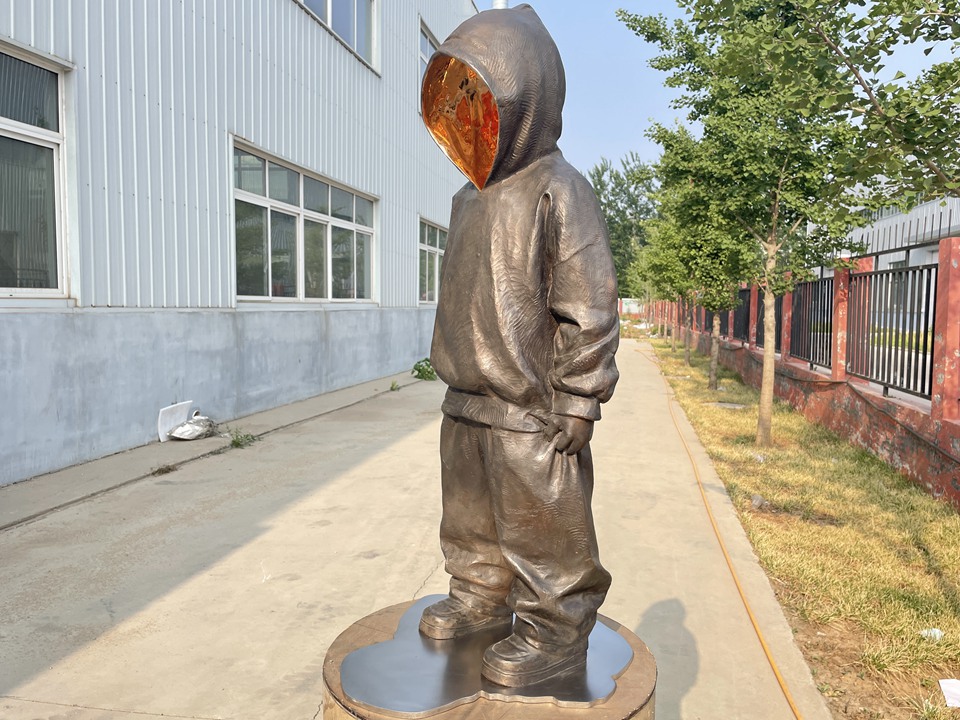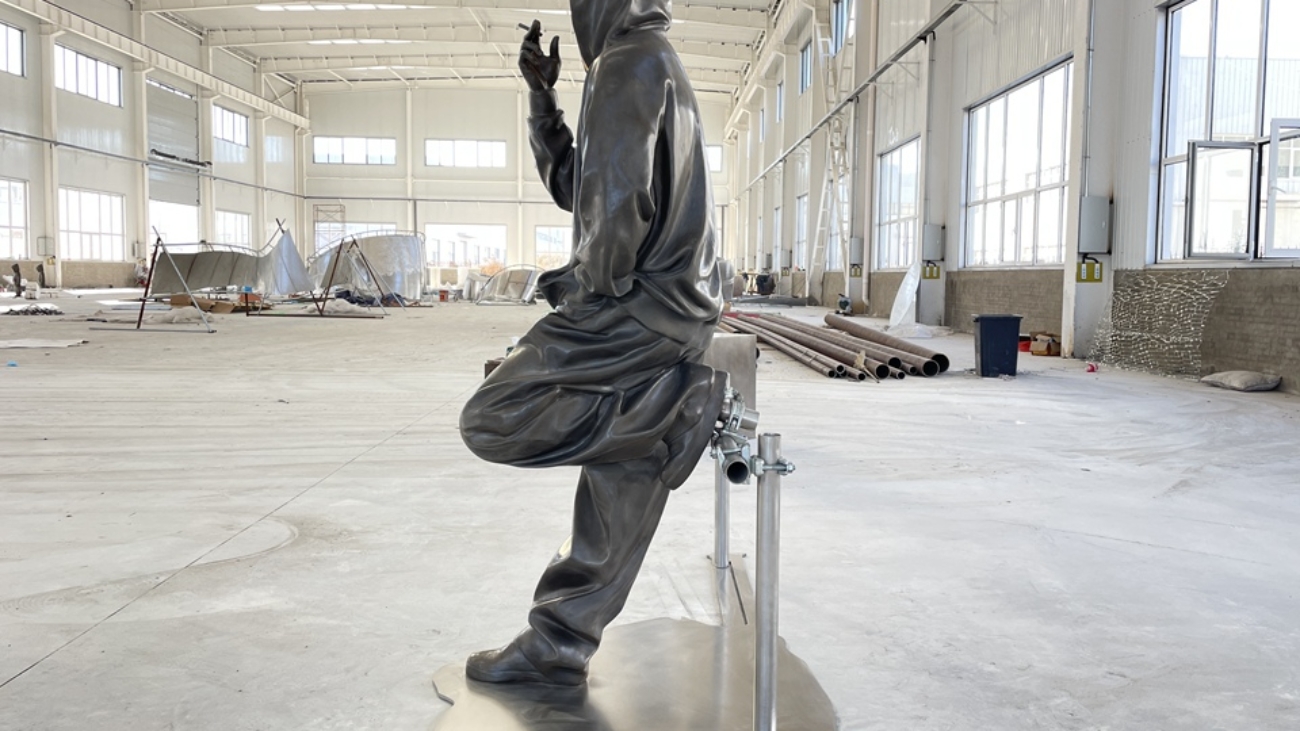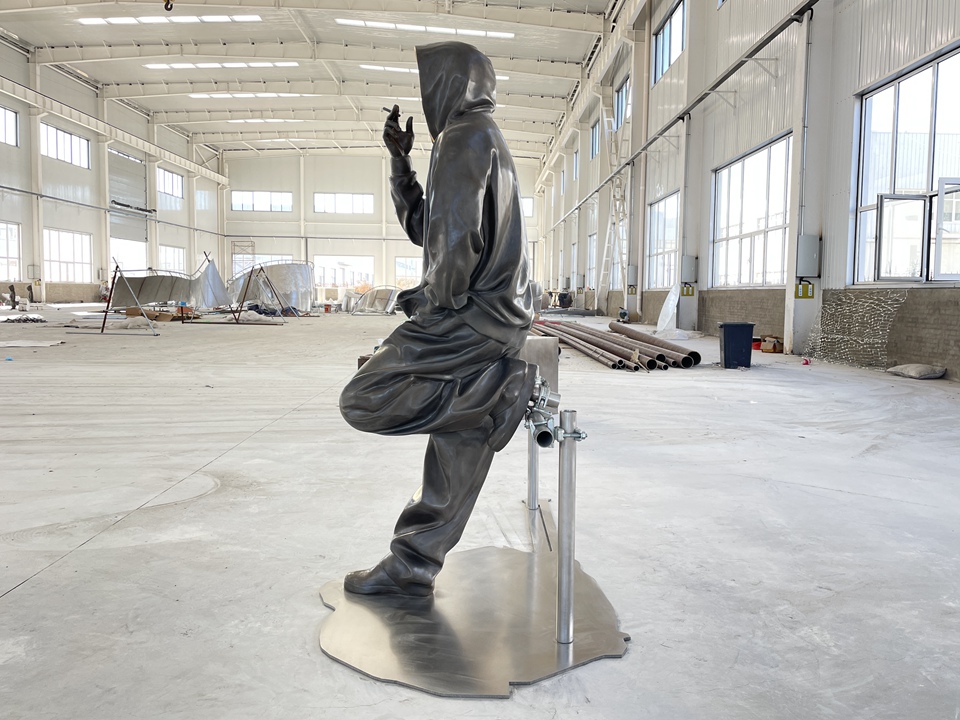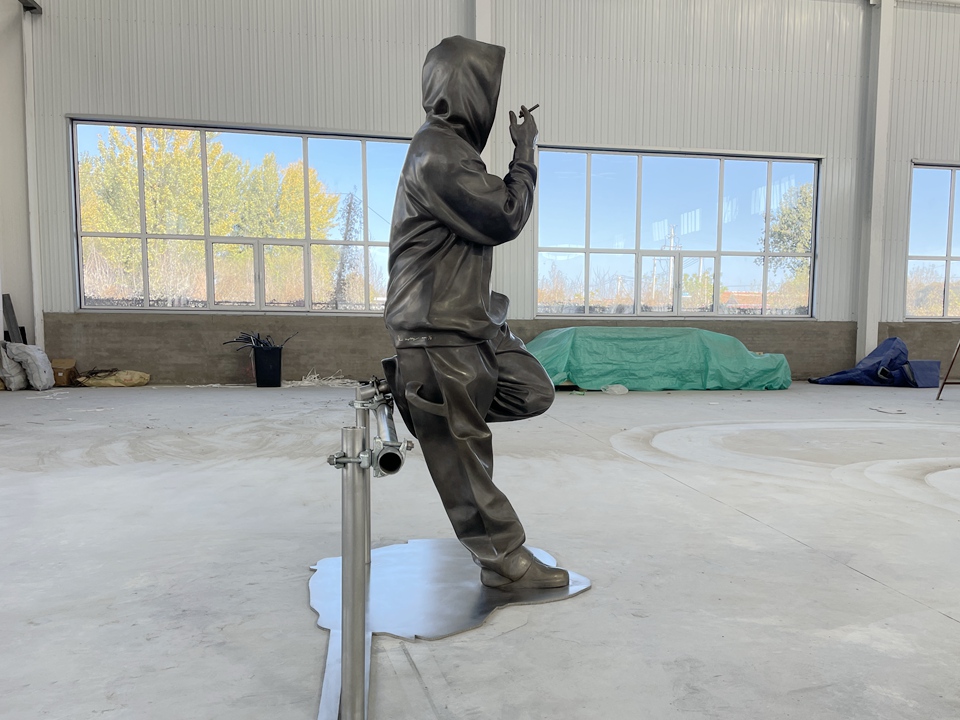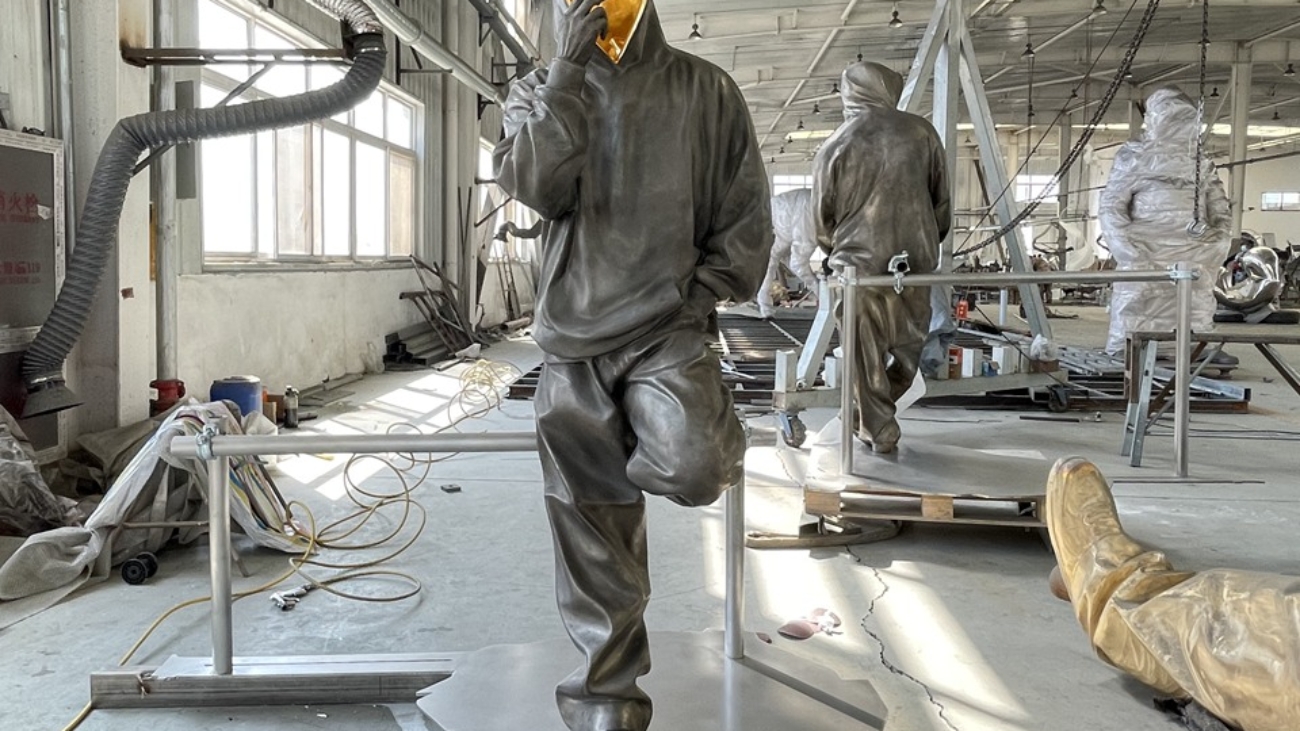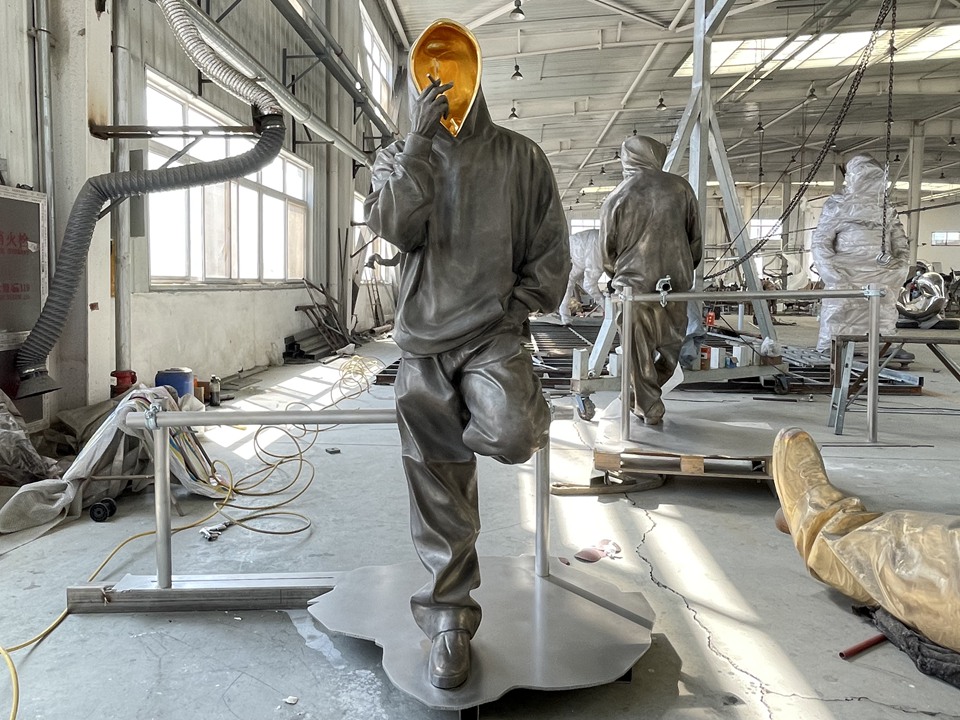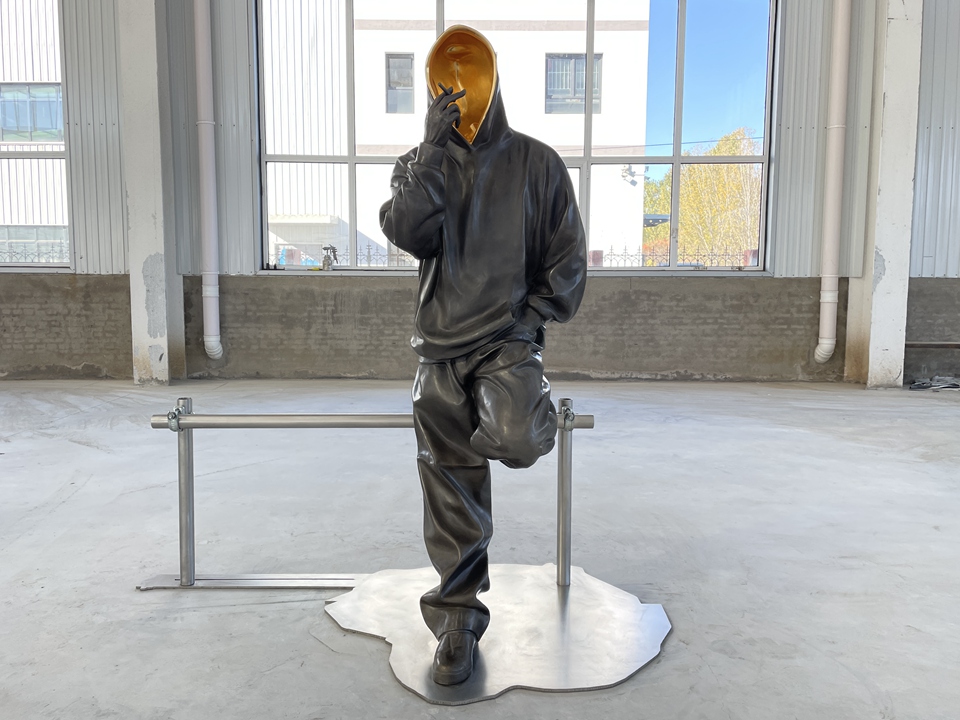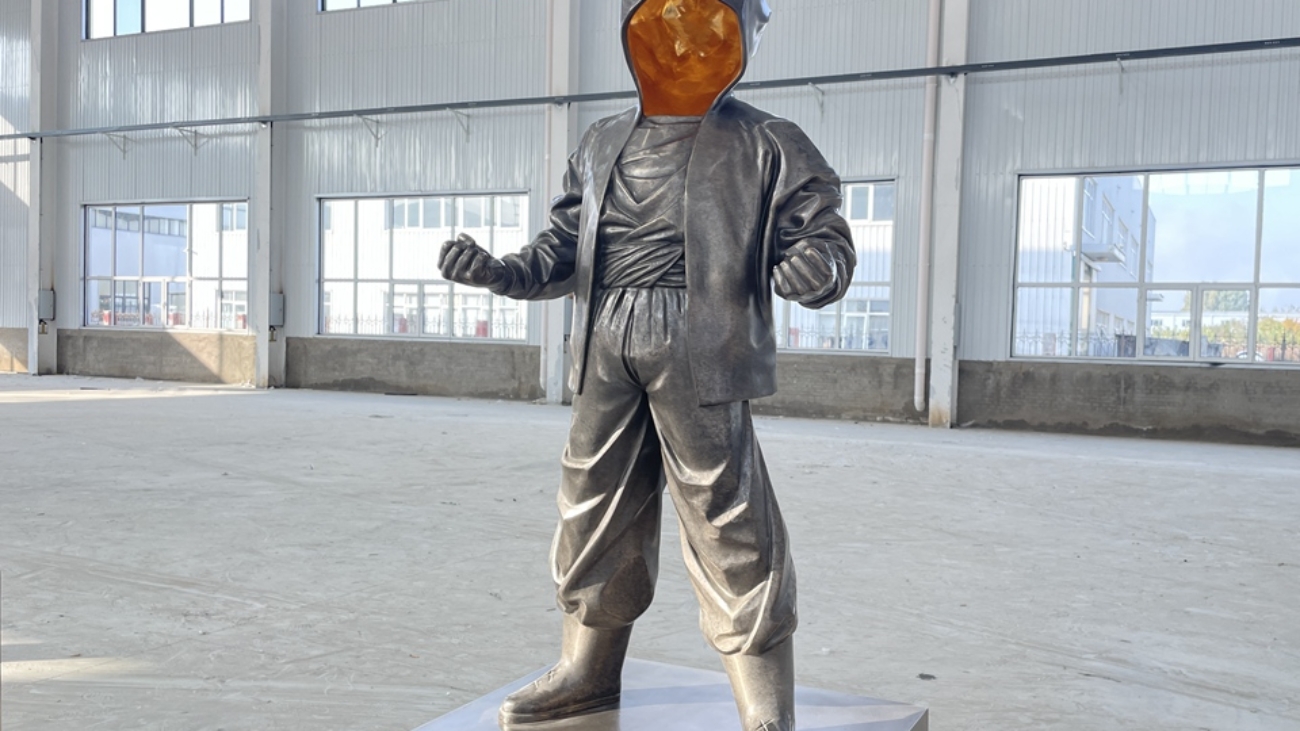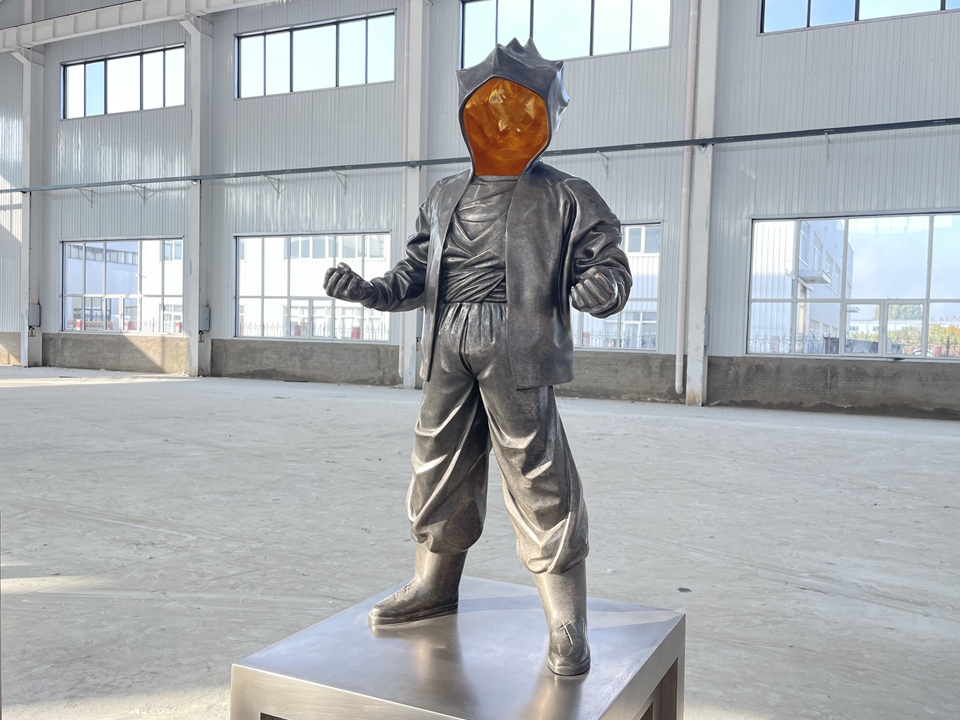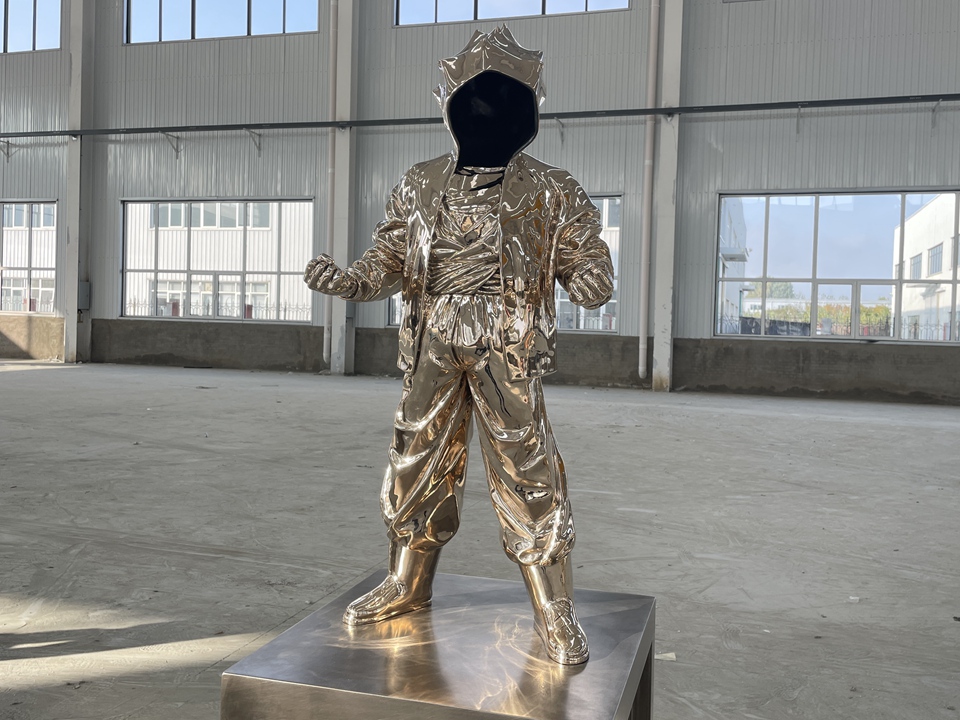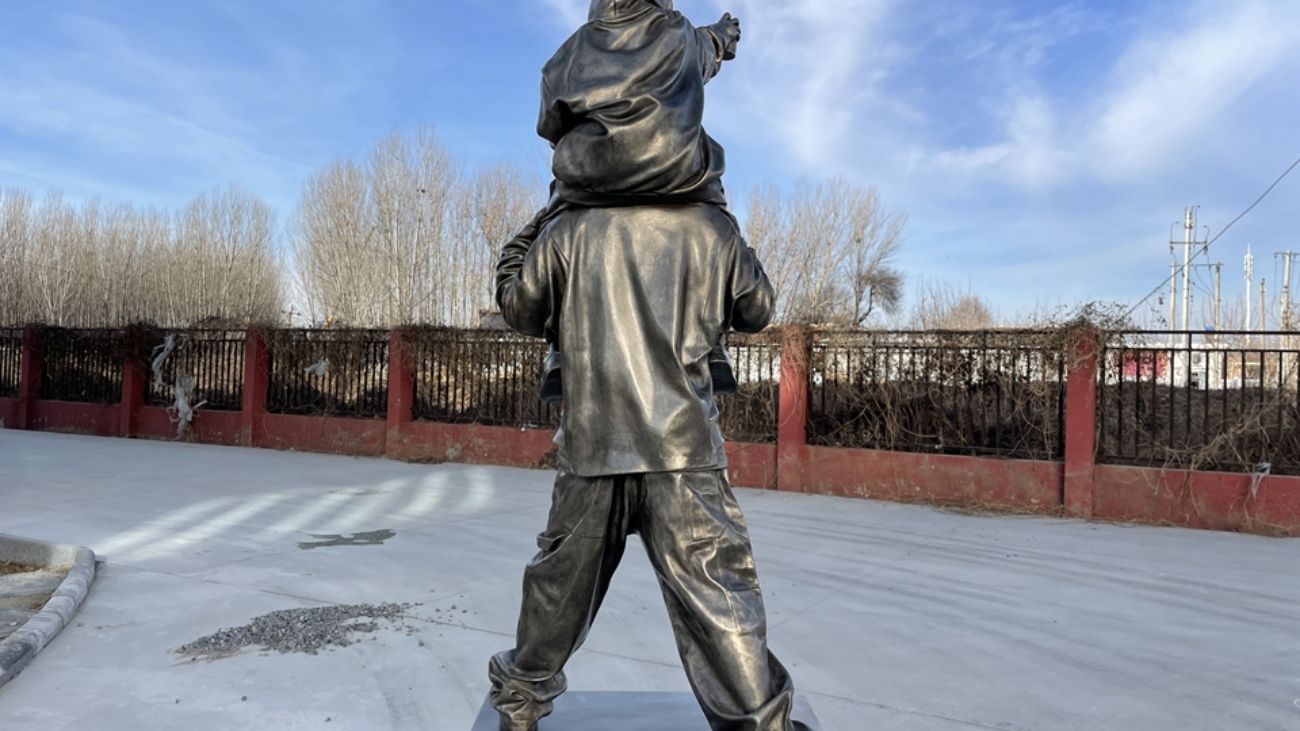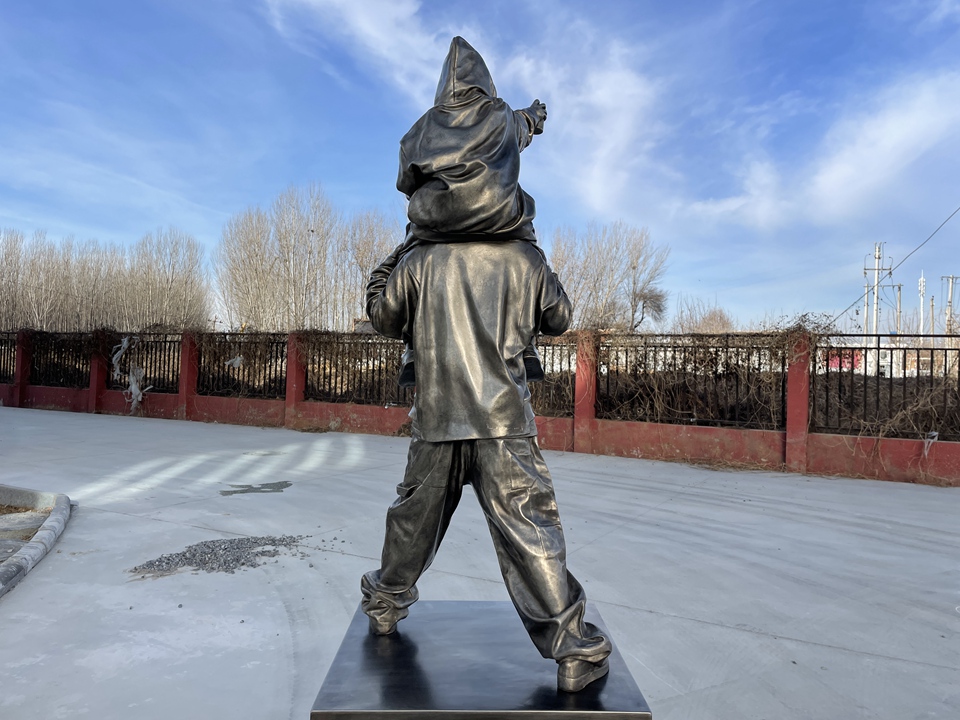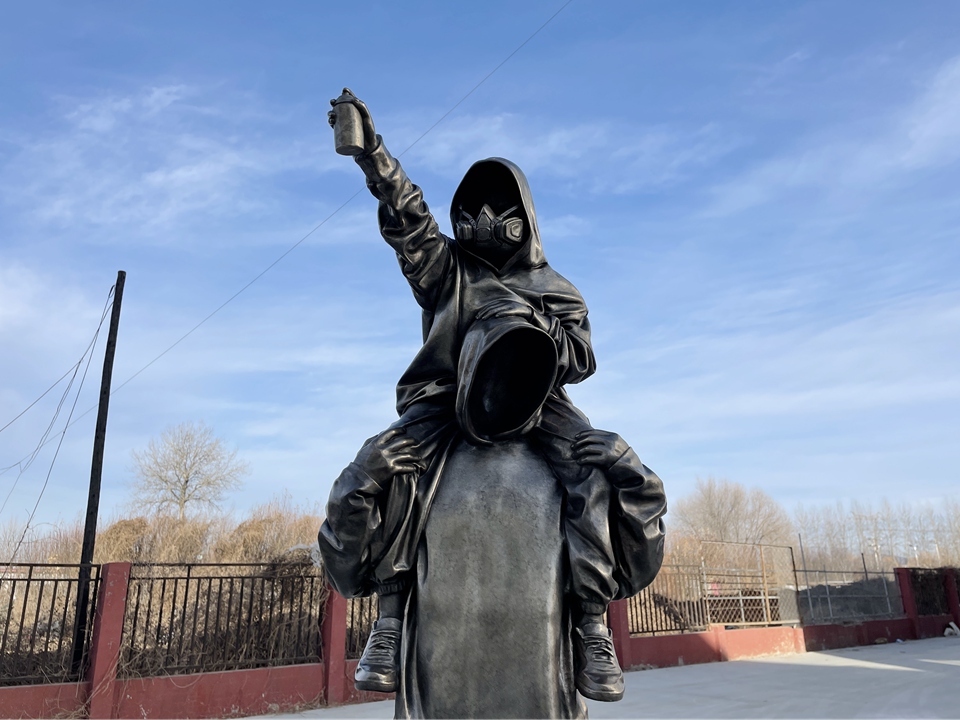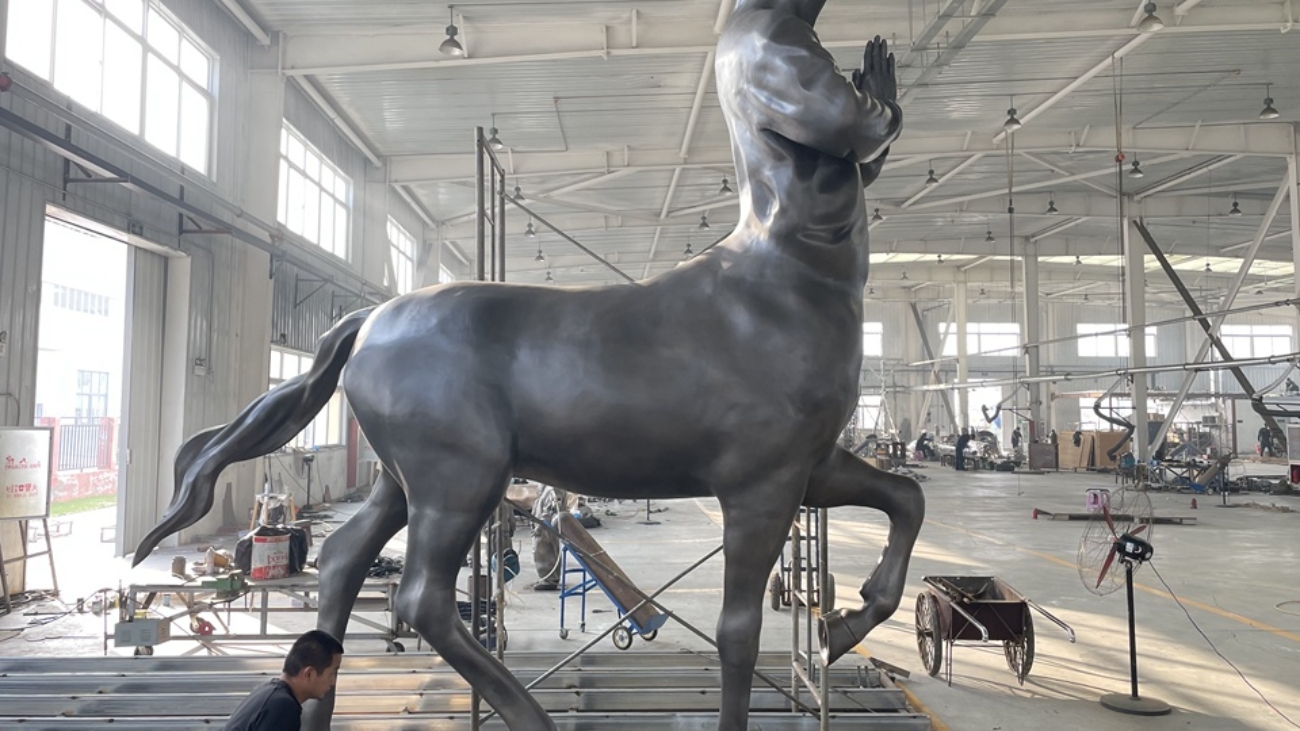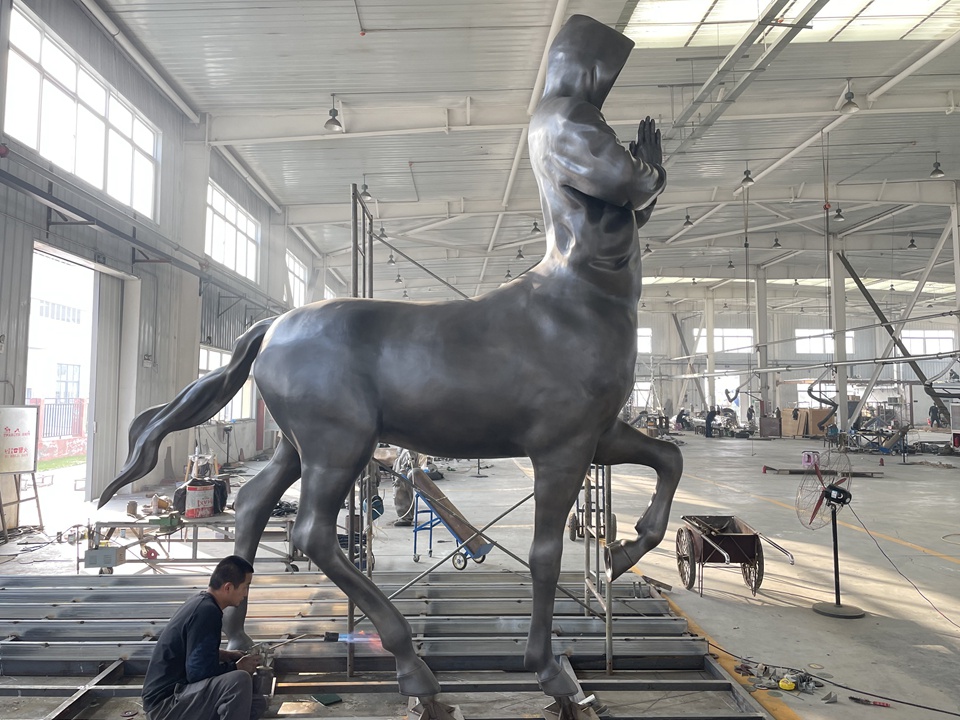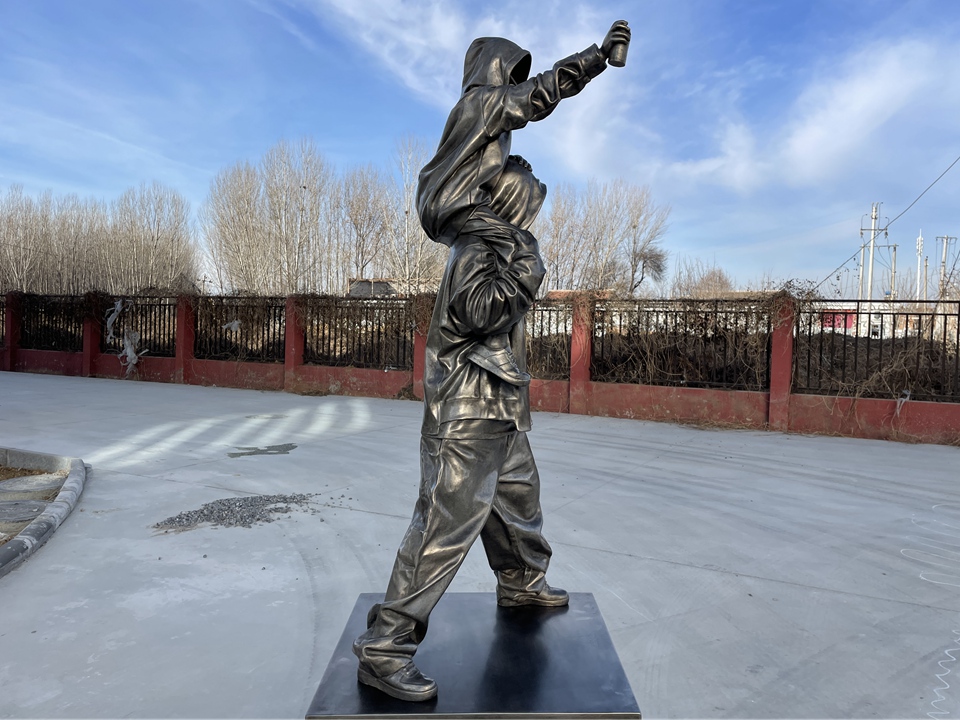A lot of people, including collectors, investors, designers, and makers, want to know how much bronze costs. People have always liked bronze because it looks nice, is strong, and can be shaped. If you want to buy art, raw materials, or custom-made items for your home, knowing how bronze prices work today can help you make better decisions. When you look into this, it’s not just about the price; it’s also about finding value and opportunities.
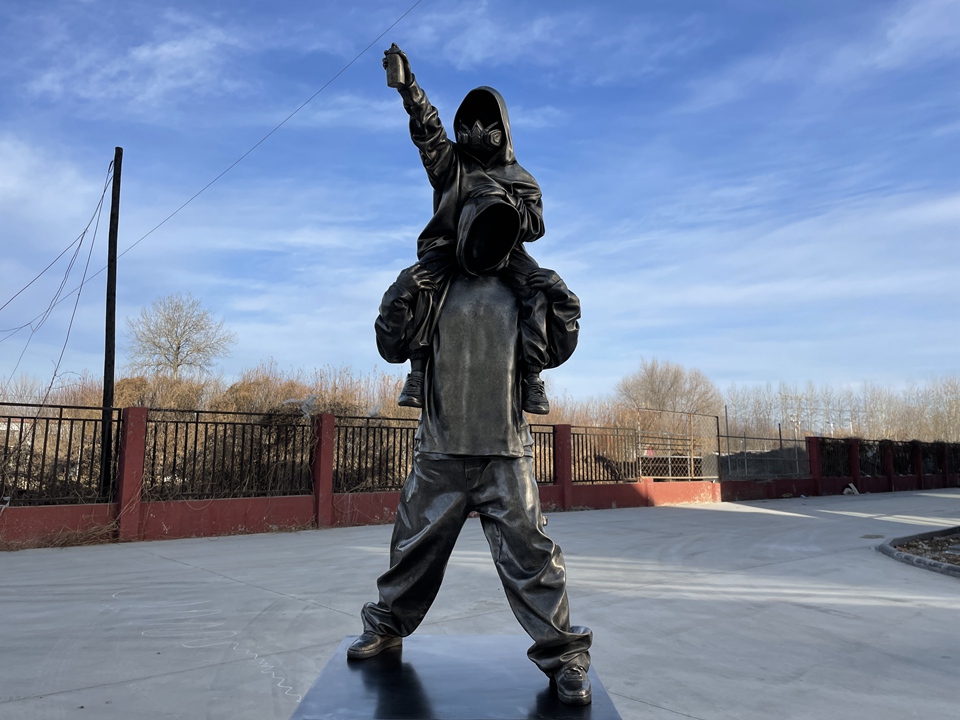
Why Does the Price of Bronze Go Up?
There are a few things you should know about the price of bronze. There are a lot of practical and economic reasons why bronze is shaped the way it is, not just for buying and selling.
Copper and tin make up bronze, but the amounts depend on what it will be used for.. The price of bronze as a whole goes up or down when the prices of copper or tin go up or down.
Market Dynamics: The price of bronze changes based on the amount produced, the volumes traded globally, and the industry’s demand for it. Buyers and sellers should keep an eye on these things because they can change prices.
Craftsmanship and Processing: Bronze that hasn’t been worked on is worth one thing, but bronze that has been turned into art or design pieces is worth a lot more.
Usage Category: The final price range for bronze depends on its intended use, such as functional parts, architectural details, or fine art.
How Bronze Prices Affect Your Life
You can’t tell how much bronze costs just by looking at how heavy it is or how much it costs to get more. People like bronze because it doesn’t rust, lasts a long time, and gets better with age. When you buy something, you’re not just getting something you can use right away; you’re also paying for how long it will last and how good it will look.
People who buy bronze items, whether for work or decoration, are getting something that is useful and has cultural value. Many people believe that bronze is useful and a good investment for the long term.
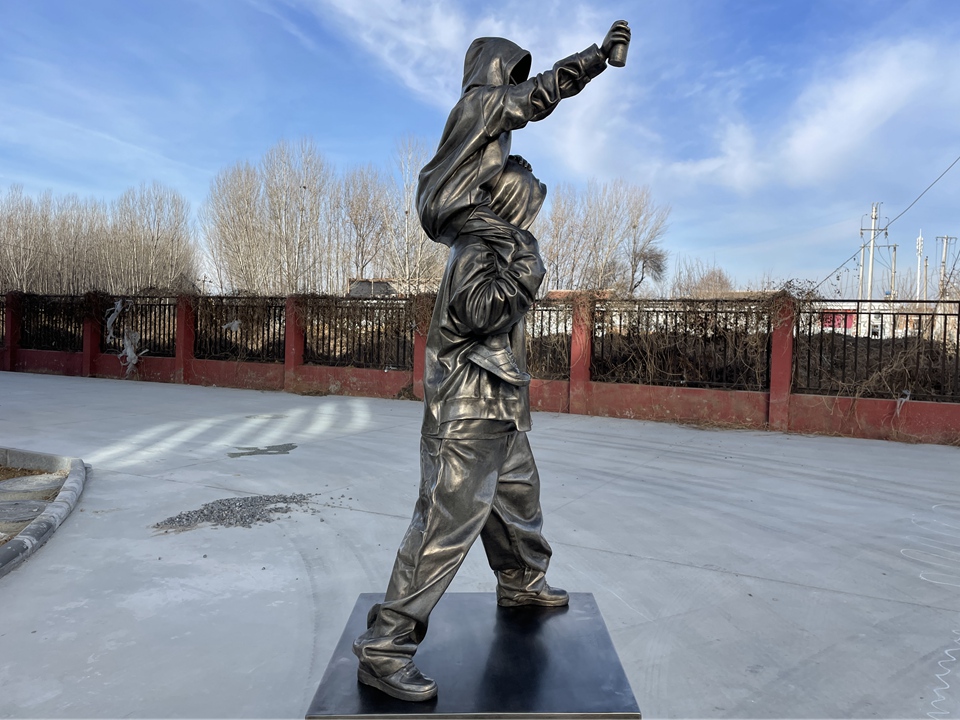
How Clear Bronze Prices Can Help You Make a Purchase
Companies can better plan their budgets when they know exactly how much bronze costs. Architects and designers can give clients proposals that they can trust, and manufacturers can figure out costs correctly.
If collectors know what makes bronze prices go up, they can tell the difference between real and fake bronze pieces and between good and bad ones. If you know how much things cost, you won’t spend too much, and you’ll be glad to have a collection that means something.
How to Set a Fair Price for Bronze
These tips can help you if you want to buy or use bronze.
Keep an eye on the copper and tin markets to see how they change. This will help you figure out how much bronze to buy.
Know what you want: Are you buying bronze for your home, your business, or as a piece of art to add to your collection?
Check the quality of the work. The material’s cost isn’t as important as the care and quality of the work.
Consider the long-term benefits: bronze lasts a long time and looks nice, so each purchase is more than just a short-term cost.
Finally, here’s why the cost of bronze matters:
In short, knowing how much bronze costs can help you understand how important it is in culture and in the market. It means that companies can plan better and collectors can trust them more. You can make smart choices that will make sure that every bronze investment gives you strength, style, and value that lasts if you know what makes sense in terms of essentials and value. Bronze is more than just a metal. I think some things are tough and will last.

